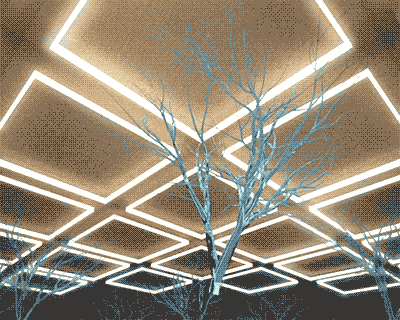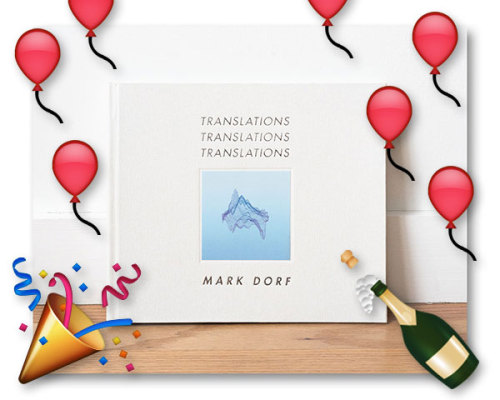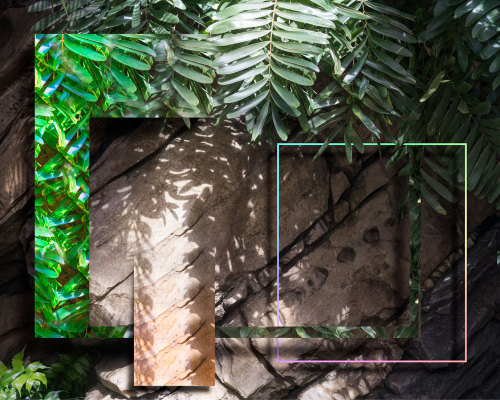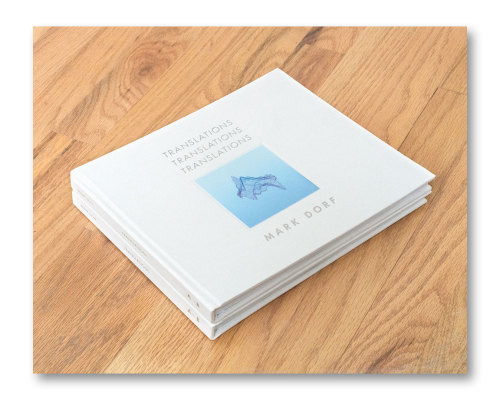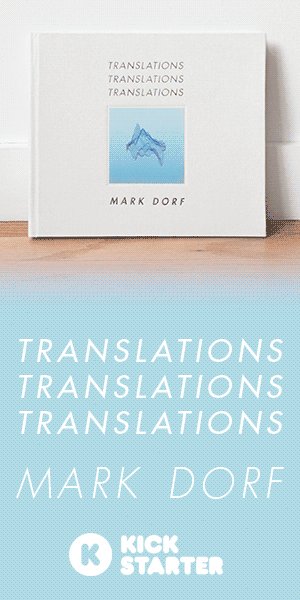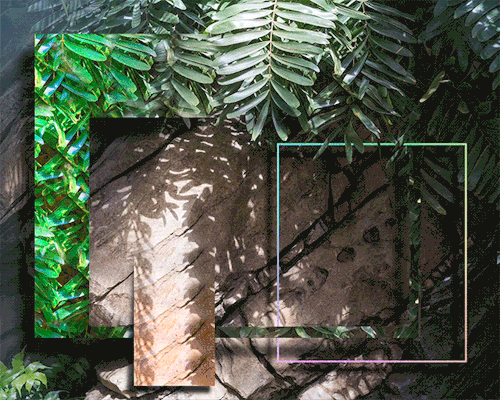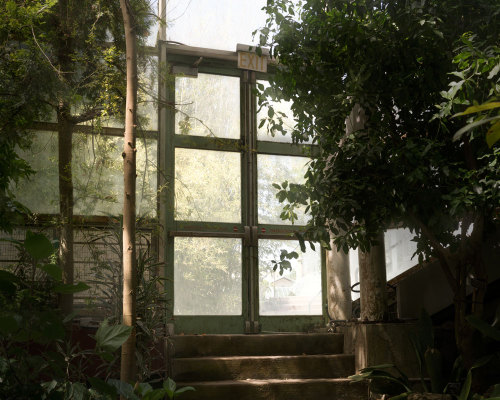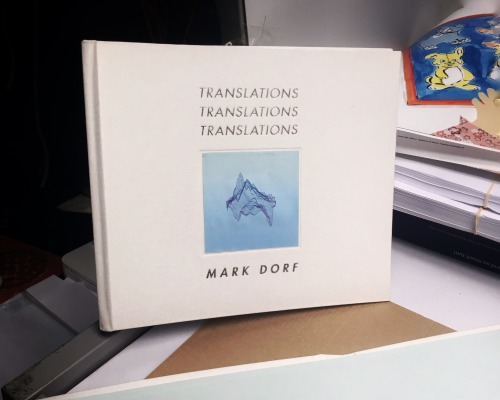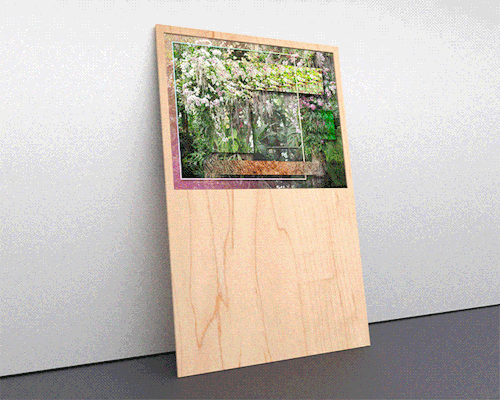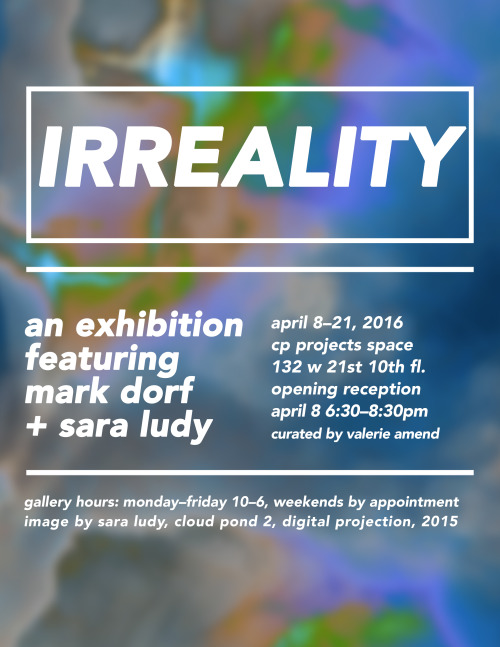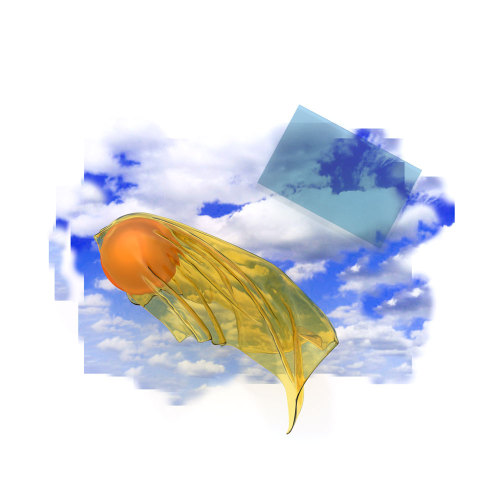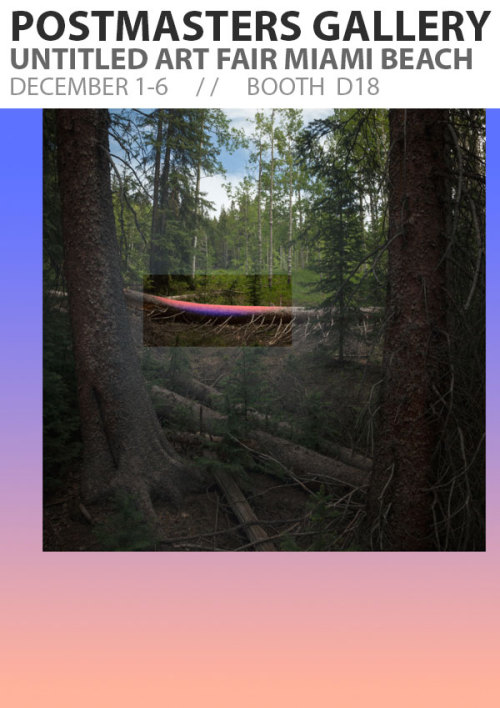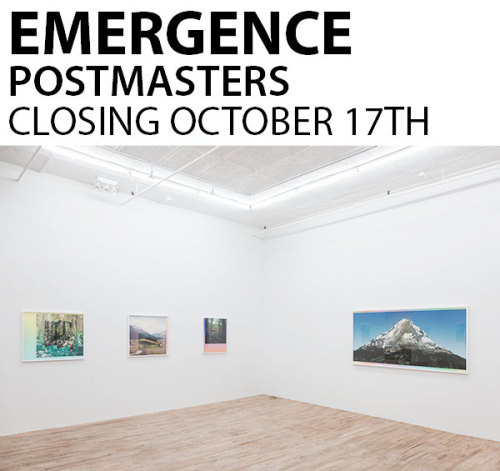#mark dorf
My new book, Translations, is now available for pre-sale over on Aint–Bad’s website. Go grab a copy!
Post link
I can’t thank you all enough! My monograph, TRANSLATIONS, is now fully funded with 16 days left in the campaign! Thank you so much for not only your supporting efforts, but also for sticking with me in all of my emails and updates. It is really greatly appreciated. Myself and Aint–Bad very much look forward to sharing this monograph with you. There are still some pre-sale books available for purchase through the Kickstarter up until the 11th of August!
Again, thank you for your continued support.
MARK DORF // TRANSLATIONS // KICKSTARTER
Post link
About to pass $6,000 in our campaign to fund my new monograph Translations! Again I cannot thank everyone enough who has contributed to our Kickstarter campaign so far. Myself and the good folks over at Aint–Bad are super excited to get this book out in the world.
If you can I would love for you to consider backing our project! So many great rewards. In fact a limited edition version of this unreleased image above that is part of a new body of work that is yet to be released is included on the rewards! Would love your help –
Transposition #6
20″x24″
2016
ed. of 5
Post link
Thanks to all who have donated and supported the Kickstarter for my new monograph so far. Myself and those over at Aint–Bad are working hard to keep our momentum up and we are ecstatic to say that we are just over 60% funded with 24 days still left to go.
Additionally, we have added yet another great reward for those interested in backing the project. Sedition has kindly donated 30 editions of the video version of my image untitled9 from my series //_PATH– you can visit our Kickstarter page for more details.
Post link
We’re keeping up great momentum! 28 days left in the campaign and we have already hit the halfway mark for our funding goal! Would love for you to consider donating to the production of this monograph. Myself and the great folks at Aint–Bad are so proud of the book that we have designed and put together. If you have the means, I would greatly appreciate your donation!
MARK DORF /// TRANSLATIONS /// KICKSTARTER
Post link
I am so excited to announce that I am publishing a book this fall with Aint-BadcalledTranslations. The book features to of my series, //_PATHandEmergence, and a wonderful essay by Jonathan Blaustein – we’re all really proud of the book that we have produced. We of course though need a little help to bring the book to press for Fall release, so we have gone the route of Kickstarter. Please consider making a donation! Tons of great rewards – or if you can’t make a donation right now, consider sharing the link! Thanks so so much.
MARK DORF / / TRANSLATIONS
Post link
Sneak Peek: just got the book covers in for the dummies. big things happening this fall with Aint–Bad Editions!
WWW.MDORF.COM
Post link
This little gem arrived in the mail today – so happy to have been included in the most recent issue of @foam-magazine,On Earth, alongside a really great essay by Kerry Doran. Go pick one up!
FOAM MAGAZINE: ON EARTH
WWW.MDORF.COM
Post link
Exhibition opening tonight with works from my series Emergence and video works by Sara Ludy at the School of Visual Arts CP Projects space. Come by and say hello if you’re in the area –
IRREALITY
April 8 - 21st
132 West 21st Street, 10th Floor, NYC
Reception: April 8th, 6:30-8:30
Curated by Valeria Amend
Post link
For all of you headed down to Miami for the fairs this week, be sure to stop by Postmasters’ booth at Untitled as I will be exhibiting my recently published book and a few prints from my series Emergence with them this week. If you’ve been meaning to but haven’t picked up a book yet, there are still a hand full left online for purchase as well!
MARK DORF: EMERGENCE | IN THE IN-BETWEEN EDITIONS
POSTMASTERS GALLERY
Untitled Art Fair Booth D18
Dec 1-6th, 2015
Ocean Drive and 12th Street, South Beach, Miami
Post link
Big thanks to everyone who came out to see my exhibitionEmergenceat Postmastersthis month. If you haven’t had a chance to make it down yet, this is your last week to do so as the show closes on the 17th of October. The show has been received quite well with reviews published in Hyperallergic,Collector Daily,andArtsy. I hope you all can make it for the final week that it is up!
Hyperallergic
Collector Daily
Artsy
Emergence
Postmasters
54 Franklin Street
New York, NY 10013
Additionally there are still some copies of my recent book published with In The In-Between Editions available for purchaseonline as well as a few copies left at Postmasters. It’s a small edition of only 150 each hand numbered and signed by me. You can find them for purchase at the link below:
MARK DORF: EMERGENCE | IN THE IN-BETWEEN EDITIONS
Post link
Wednesday Links: Caravaggio Maybe Found, Warhols Lost

Eric Turquin in front of “Judith Bheading Holofernes” The FBI is now offering a $25,000 reward for information in the Warhol “Soup Can” heist from the Springfield Art Museum. Whoever the thief is, they’re either dumb or extremely picky. The set of seven “flavors” stolen will be substantially less valuable without the three left behind: pepper pot, cream of mushroom and consommé (beef).…
BY PAUL J. CARADONNA AND NICKOLAS M. WASER
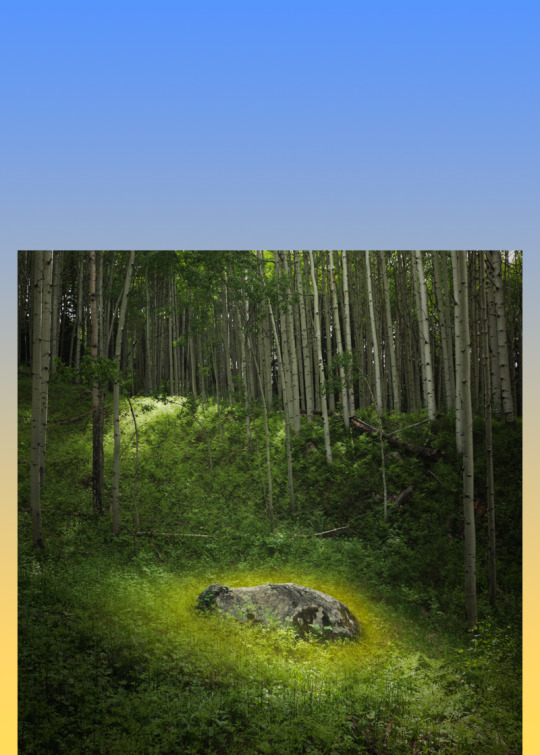
© Mark Dorf, Emergent #20
All of us naturally filter, break down, and reassemble information as we strive to make sense of the world around us. A biologist observing a landscape may derive from it a graphical figure that summarizes some targeted ecological property; an artist observing the same landscape may produce an image that explores qualities of form and color. Although these perspectives seem very different, they share an intersection that sheds light on how humans interpret nature and also on our role as part of nature. Mark Dorf’s ‘Emergence’ series explores this intersection, challenging our assumptions about information, communication, and perception of nature.
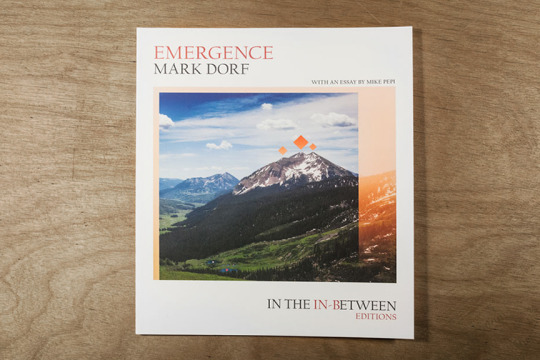

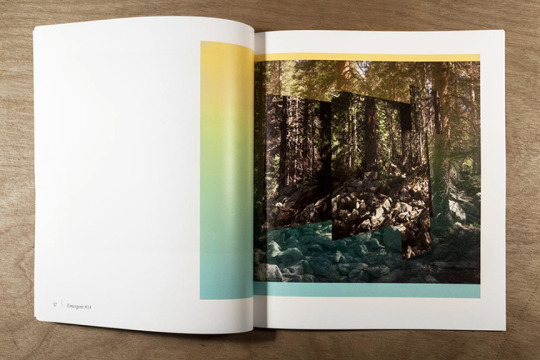
Images of the book ‘Emergence’ by Mark Dorf
Much of Dorf’s inspiration for ‘Emergence’ came from a residency at the Rocky Mountain Biological Laboratory (RMBL) during the summer of 2014, as part of RMBL’s Art-Science Exchange. The RMBL is a remote biological research station situated high in the mountains of western Colorado, USA. From June through August it is home to over 100 scientists from around the world who study the surrounding ecosystems. At the RMBL Dorf collaborated with scientists in forests, streams, and meadows, assisting with the setup of projects and the collection of data. He was inspired to contemplate how we scientists perceive nature and how our methods influence our understanding of it.
The Scientific Process
One of the things that Dorf investigates in ‘Emergence’ is the scientific process itself. Generally speaking, a scientist begins with an interest in a broad topic, let us say ‘ecosystem function’. But he or she quickly narrows the focus to a specific aspect of the landscape, perhaps a series of small plots of ground in which to study interactions between plants and insect pollinators. Within Emergent #22, #23, and #24, Dorf explores the transitional flow of this process through colors that fade into and out of the surrounding forest landscapes, mirroring the musings of the scientist. The colors tend to be harsh and artificial; arguably this captures harsh and artificial aspects of the transition between overall properties of an ecosystem and its dissection at fine scales—a dissection that is nonetheless necessary for scientific understanding.

© Mark Dorf, Emergent #22
InEmergent #15, #16, #17, #18, #19, and#20, Dorf asks us to reflect upon a common pitfall of the scientific process. Ideally a scientist retains and frequently revisits a larger picture of nature even as he or she focuses on a specific part, allowing ever-changing nature to constantly refresh his or her perception and assumptions. But this ideal is not always met. Here Dorf sets images of the landscape within a backdrop of colors, blurring parts of the images to draw our attention to other parts. These pieces bring to mind the danger of viewing nature through a preconceived conceptual “lens” while failing to question whether the conceptual framework is appropriate or useful. Under this ‘hyperfocal’ scenario the scientist is likely to lose the self-reinforcing and self-correcting transitional flow of the scientific process, to the detriment of final understanding.

© Mark Dorf, Emergent #16
Transformation of Information
The scientific process can be credited with our current systematic and practical understanding of natural processes in the world that surrounds us. We biologists take for granted that we are masters of this powerful process, but how often do we consider our transformation of information as we explore nature? Not only do we distill measurements of natural phenomena into graphical figures, but we also transform the measured numbers into other related numbers as part of our statistical analysis of results. In such ways the actual biological information—the organisms, experiments, and measurements—is changed into something new.

© Mark Dorf, Mesh Translation #2
Dorf collects information via photographs of the landscape and then applies his own transformation based on light contained within each photograph. In Mesh Translation #2, #3, and #4 each photographic pixel is evaluated for its underlying brightness value, and the brightest values become tall ‘peaks’ in a three-dimensional image whereas the darkest become deep ‘valleys’. The triplet of landscapes that are represented in these pieces remain mysterious to us, but the pieces retain distinctions of bright sky and dark shadow that also distinguish the originals. In fact, the distinctions are accentuated by the transformation, illustrating how transformation at its best can make comparisons that might interest us easier to see. With Emergent #10and#11 Dorf applies a different algorithm, arranging all colored pixels in order of their underlying gray scale values. The resulting pattern is presented along with the original and proves to be an unrecognizable version of it, in spite of the simple transforming algorithm. In contrast to ‘Mesh Translation’, then, initial patterns appear to be lost, and a warning emerges about transformation at its worst instead of best. This provides a cautionary note to scientists: the transformation of information that we do almost automatically has potential both to reveal and to obscure and confuse.

© Mark Dorf, Emergent #11
Reassembly of a Fractured Landscape
At the RMBL Dorf was struck by how the scientists tended to fracture large questions into smaller pieces and then sought an understanding of the whole by some reassembly of the pieces. To explore this process he amassed images of landscape features and then reassembled these into new landscapes. The resulting Reassemblage #1, #2, and #3 again provide insight into the scientific study of nature. For example, Reassemblage #3 depicts a mountain that seems natural and idyllic. In fact, it is idyllic: its triangular shape and snow-covered ridges emulate the mountain that a child might draw. But on close examination the mountain is wrong in many ways: the geology is impossible, the patterns of snow cover are nonsensical, and the plants grow in unnatural ways—who accepts that trees grow sideways? The models that we scientists assemble share these features. Their simplicity helps us to identify important features of the natural system they represent, but they are likely to be subtly incorrect or incomplete in numerous ways. The key is to recognize the value while resisting the impulse to replace nature with our model of it in our further thoughts.
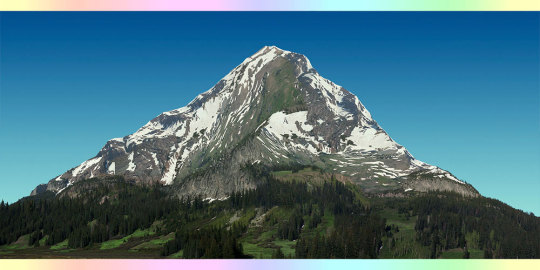
© Mark Dorf, Reassemblage #3
Science & Art
The two of us were intrigued by the response of RMBL scientists to Mark Dorf’s work. We sensed occasional skepticism and lack of connection, but most of the scientists agreed that ‘Emergence’ forced them to reflect in constructive ways on what they were doing. To us this vindicates the idea of scientists making space, in both a physical and mental sense, to interact with artists. And although we emphasize here what the scientists can learn, we are certain that the exchange is bidirectional.
* Paul CaraDonna is a botanist, ecologist, and a creative problem solver. He conducts his research at the University of Arizona (Tucson), the University of Copenhagen (Denmark), and the Rocky Mountain Biological Laboratory (Colorado). He is fascinated by nature, especially by the myriad of ways in which species interact with one another. He views art and science as two complimentary approaches to understand the world that surrounds us.
* Nick Waser counts a number of scientists in his family tree and also a number of artists. The common spirituality inherent in science and art seems clear to him, and he has long been fascinated by ways in which the two endeavors inform one another and share the same creative source. He holds a PhD degree in ecology and genetics and is Professor of Biology Emeritus at the University of California Riverside and Adjunct Professor at the University of Arizona. He splits his time between Colorado and Arizona, where he studies the pollination of flowers by bumble bees and hummingbirds—and paints watercolors of western landscapes—both plein-air.
Emergence by Mark Dorf
In the In-Between Editions, Volume I
FEATURES, PUBLICATIONS, EDITIONS
Publication: October 2015
Edition Size: 150
Dimensions: 9.5″x 8″
Number of Pages: 48 pages
Number of Images: 18 images
InfoHERE

